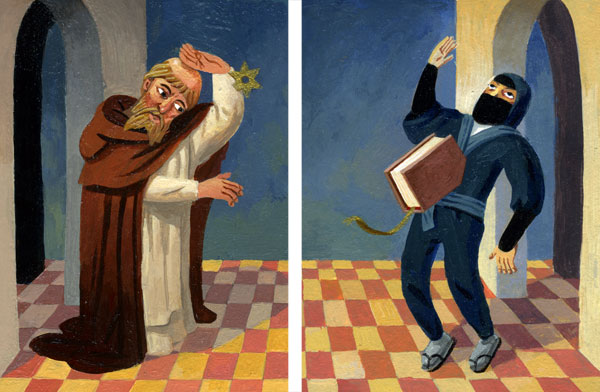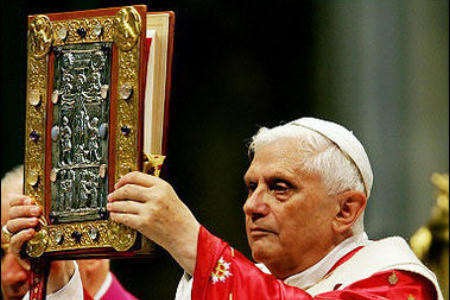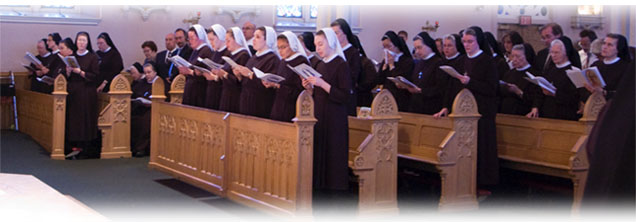Sunday Lectionary: Blessed and Broken
Seventeenth Sunday in Ordinary Time: 29th July, 2012
The Readings this week focus on God’s gracious provision and in the First Reading and the Gospel this gracious provision is manifested through bread.
In the First Reading, bread is multiplied by the Prophet Elisha and in the Gospel, bread is multiplied at the hands of Jesus. These Readings teach us trust in God, to proclaim with the psalmist that “The hand of the Lord feeds us; he answers all our needs”. Both of these miracles allude to the Eucharist, pointing towards the time when Jesus will be consumed throughout the world under the appearance of bread and wine.
In our Second Reading St. Paul tells us that Christians are called to be united in “one body…one Spirit…one hope…one Lord, one faith, one baptism; one God and Father”. This oneness and Church unity finds its clearest expression in the Eucharist. At the Mass, we come together as God’s family, and because though “many, [we are] are one body, for we all share the one loaf” (1 Corinthains 10:17).
As we gather together at the Liturgy this week, let us be mindful that the whole family of God, both in Heaven and on earth, is gathering together with us. United as one, we celebrate the Lord’s Resurrection and are once again fed by the hand of the Lord.
There He is: King of kings and Lord of lords, hidden in the bread. To this extreme He humbled Himself for love of you –St. Josemaria Escriva




